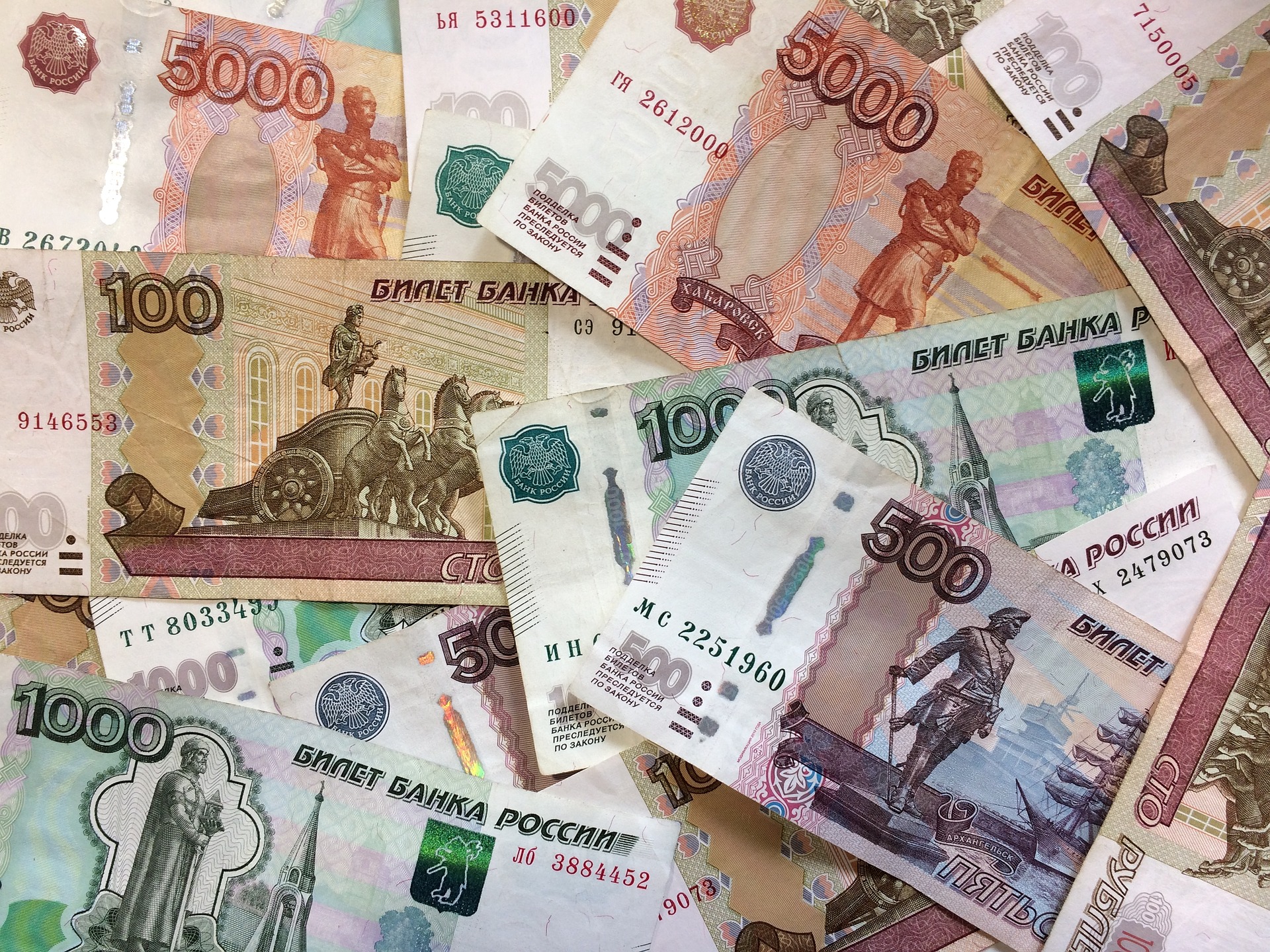The Russian currency Ruble weakened to 77.28 levels on February 11, 2022. The escalating Russian-Ukraine conflict brought a sharp weakness in the Ruble prices.

On Friday, 11, 2022, the Russian currency Ruble slipped 3.3%. Russia’s military presence on the Ukraine border caused a major sell-off on the forex market, hitting the Ruble. The US warns of severe sanctions against Russia if it moves into Ukraine. The conflict affected the oil and gas prices and weakened the Ruble.
The USD/RUB strengthened to 74.26 on February 10, as the Dollar value appreciated. The expectation of the Federal Reserve to raise interest rates has the Dollar trading higher. However, on Friday, the situation worsened and sent the Russian currency to spiral lower.
The Khanty-Mansiysk region in West Siberia has the largest oil field in Russia. Oil and gas form almost 80% of the region’s economy, and Europe is the highest importer of Russian gas. Russia is the world’s largest exporter of wheat.
The currency exchange calculator helps you know about currency conversion and provides live currency rates on the Russian currency.
Ruble Underperforms as Russian-Ukraine Conflict Escalates
Geopolitical tensions between Russia and Ukraine affect the USD/RUB. Talks between the Russian foreign minister Sergei Lavrov and his US counterpart Antony Blinken may calm the widening conflict between the two regions. They held “frank talks,” say reports. But the situation remains grim, with military threats increasing across the border.
The US threatens to bring in new sanctions against Russia if the military hits the Ukraine border. The sanctions may instill fear in Russia and calm the rising conflict in that region. Mr. Blinken urges Russia to stop its aggressive policy against Ukraine. US President Biden warns Russia of further troop movement across the Ukraine border.
Russian Minister Lavrov accused Nato of playing against Russia. He accuses the Ukrainian government of motivating state terrorism in that region. Russia’s show of naval strength through its naval drills with 140 warships and 60 aircraft threatens the border between Russia and Ukraine.
Russia annexed Crimea almost eight years earlier and is troubling the Ukraine border currently. The Ruble is considered the best currency in emerging markets but has lost its charm with geopolitical tensions lowering its value.
Investor interest has come down as risk factors loom ahead. USD/RUB may trend lower towards the 83 levels if conflicts continue between the two countries.
More countries may participate and take sides which may trigger an unwanted war. Global countries are ravaged by the Covid pandemic, lockdown, and travel restrictions. Inflation is high, and if the conflict emerges into a war, it may escalate the inflation rate higher, as the export of commodities from Russia, such as oil, gas, and wheat, may stop.
European Region Backs Ukraine
The US and European countries are backing Ukraine. The war threat causes panic among the stock and forex markets of Russia.
The presence of Russian troops on the Ukraine border affects the European countries too. The United Kingdom joined hands with the United States, promising strong retaliation if Russian troops progress into the Ukraine territory.
The Ukrainian President Volodymyr Zelenskyy, in his press conference with UK PM Boris Johnson, warns Russia that further conflicts will result in a full-scale war.
The European region depends on Russia for gas supply and trade. The conflict may disrupt gas supply across Europe, say analysts. Russia is the largest gas provider to Europe. It provides almost 30% to 40% to Europe. But of late, Europe shifted its gas consumption away from Russia to liquefied natural gas. Moreover, Russian gas pipelines flow across Ukraine to provide gas and oil to Europe. It will disrupt the supply of gas to European regions.
Gas supply disruptions will hit the European production sector, say analysts. But the European and the British stock markets faced a minor setback. The situation is similar to what took place during the Crimean crisis of 2014.
USD/RUB Currency Pair
On January 26, 2021, the USD/RUB slipped to a 15-month low, towards levels last seen in November 2020. The Ruble weakened to 80.38 with the rising conflict at the Ukraine border. Get live currency rates to stay updated about the currency price movement on the forex market.
Meanwhile, inflation is at a 40-year high in the US as prices rise almost 7.5% from the previous year. The Labor Department reports that increasing food prices, housing costs, and electricity are the chief areas where inflation is the highest. Investors expect the Fed to hike rates in March by 05%.
The rising Ukraine-Russian threat brought a rapid increase in oil and energy prices. The Russian 10-year bond rose to 9.5%, the highest since 20216.
The US Dollar acts as a safe-haven currency as war fears cloud the sky between the two countries.
If the conflict continues, the USD/RUB currency pair may weaken towards its 2015 highs at 83 levels.